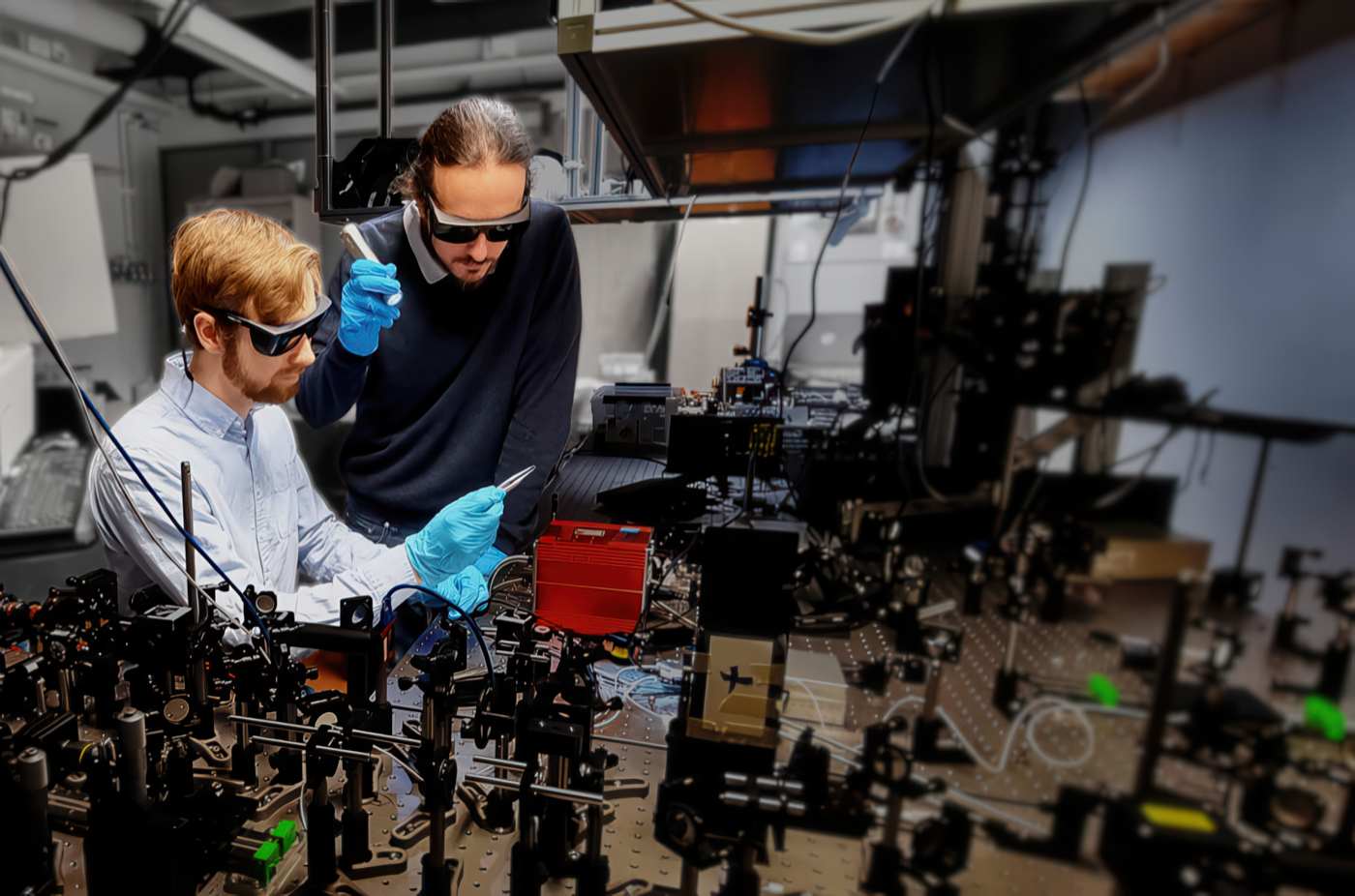Revolutionary chip technology brings high-level spectral sensing to everyday devices, opening doors to applications in healthcare, environmental monitoring, and beyond.
Key Points at a Glance
- Researchers at Aalto University have developed a compact, cost-effective chip for spectral sensing.
- The chip enables advanced detection of light wavelengths, allowing precise material identification.
- Applications range from health diagnostics to detecting food quality and environmental changes.
- The breakthrough reduces costs and size, making spectral sensing accessible for consumer devices.
- This innovation is a leap forward in integrating advanced sensing technologies into daily life.
Spectral sensing technology has long been a tool for scientists and specialized industries, enabling precise analysis of materials based on light wavelength detection. However, the high cost and large size of traditional devices have kept this powerful technology out of everyday applications. Researchers at Aalto University have shattered this barrier with the development of a tiny, affordable chip that promises to revolutionize how spectral sensing is used in daily life.
The newly developed chip—a compact, low-cost marvel—can identify different wavelengths of light with exceptional accuracy. This capability allows for detailed material analysis, such as detecting specific chemicals in food or identifying pollutants in water. Traditionally, spectral sensing required bulky and expensive equipment, but the Aalto team’s innovation condenses this technology into a chip small enough to fit into consumer-grade devices like smartphones.
“This breakthrough represents a significant leap forward in spectral sensing technology,” says Dr. Mikael Manninen, the lead researcher at Aalto University. “By reducing the size and cost, we’re unlocking the potential for this technology to impact areas such as healthcare, environmental monitoring, and even personal consumer devices.”
The potential applications of this chip are as diverse as they are impactful:
- Healthcare Diagnostics: Devices equipped with the chip could analyze biomarkers in bodily fluids, enabling early disease detection from home.
- Food Quality Analysis: Consumers might soon scan their groceries to ensure freshness and safety.
- Environmental Monitoring: Portable devices could detect pollutants or monitor air and water quality in real time.
- Wearable Technology: Spectral sensing could add advanced capabilities to smartwatches, such as monitoring skin health or exposure to UV radiation.
These advancements not only improve convenience but also enhance public health and environmental awareness, aligning with global sustainability goals.
At its core, the chip uses photonics to analyze the spectrum of light interacting with various materials. By measuring how light is absorbed or reflected, the chip identifies unique signatures associated with different substances. This allows for highly detailed analysis—all within a device smaller than a fingernail.
What makes this development particularly exciting is its potential integration into devices we use every day. Imagine a smartphone that can verify the authenticity of medications or a wearable that tracks hydration levels in real time.
One of the most significant aspects of Aalto University’s breakthrough is the affordability of the chip. Traditionally, spectral sensing devices have been limited to industrial and scientific settings due to their cost. By drastically reducing expenses, this new chip democratizes access to spectral sensing, ensuring that its benefits reach a broader audience.
This democratization could spur a wave of innovation in technology design. With the barriers of cost and size removed, developers will have more freedom to experiment with integrating spectral sensing into existing and new products.
While the chip’s potential is vast, researchers are focused on scaling production and refining its integration into various devices. Partnerships with tech companies and governments could accelerate its deployment in critical areas like public health and climate monitoring.
Dr. Manninen adds, “We are just scratching the surface of what this chip can do. With continued collaboration, we believe it will lead to transformative innovations in the next decade.”
The new spectral sensing chip from Aalto University marks a significant milestone in technology development. Its potential to bring high-level material analysis to everyday devices is not just a technical achievement but a step toward creating smarter, more sustainable solutions for global challenges. As this technology moves closer to widespread adoption, it promises to reshape industries and enhance our understanding of the world around us.
